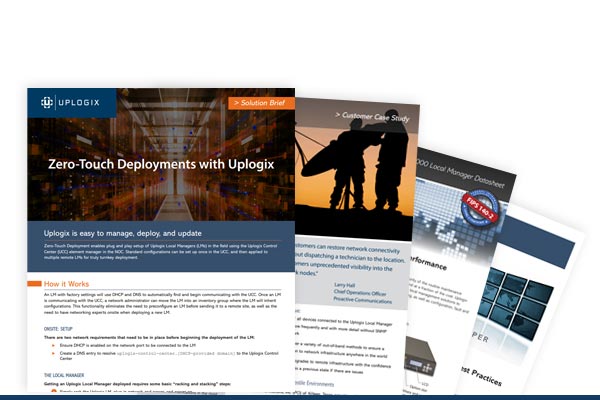Today’s extra-distributed workforce is stressing systems and remote IT workers are tasked with keeping home-based coworkers up and running. Better alerting options can keep IT focused on solving issues as they happen, or better, before they are even noticed.
Not only are network admins running corporate networks from home, the business day has extended as the workforce moved home and started working more flexible hours. Cisco stated that their analysis of traffic statistics across the globe shows that the work day no longer peaks between 9 a.m. and 6 p.m., but extends on until 10 p.m.
Adam Thompson shows some easy alerts he’s created in the Uplogix Control Center to monitor HQ gear and alert based on automated service level testing of web services and call quality. These let him better manage gear from home.
Good alerting is more important than ever for IT to stay ahead of the curve. Uplogix deploys in the rack with the gear being managed and connects over the console port (like an admin with a crash cart), so it isn’t dependent on the network itself to monitor gear. Local monitoring can be combined with rules to decide if devices and processes are running as expected. Since Uplogix captures and stores the data locally, trending can be applied to rules too. No knee-jerk responses!
One example of a critical service needing management are VPN servers. An article in NetworkWorld said that at a nearly 66% increase in VPN traffic in the US has been observed since mid-March 2020. Globally that number is 165%.
Informed testing can send useful alerts to remote admins as emails or SMS text messages. When you are working at home, that can make the difference between catching an issue early before users complain, and interrupting dinner to deal with angry calls.
MORE ABOUT SLV TESTING
Uplogix Service Level Verification (SLV) tests use synthetic transactions, regularly collecting network and application-specific performance data. The data is uploaded to the Uplogix Control Center where it is available for operators to view and analyze.
A baseline and acceptable thresholds for the services being monitored can be set and compared, and administrators can be notified immediately of service level events that violate thresholds. Service level data is also stored and archived for up to one year for trend analysis and can be easily exported for custom reporting or integration into other management systems.





